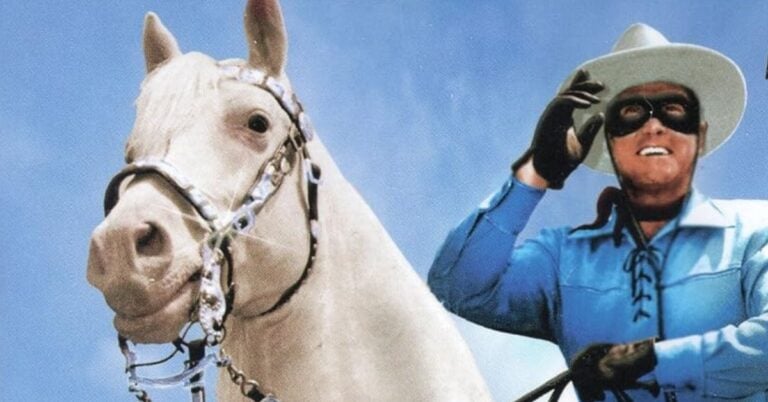10 Villains History Might Have Gotten Wrong

History isn’t always fair. We remember many rulers as cruel or evil, but digging deeper reveals their complicated stories. Some were trying to survive tough times. Others made hard choices in chaotic situations. Here are ten so-called villains who’ve long been misunderstood by history books.
King John Of England
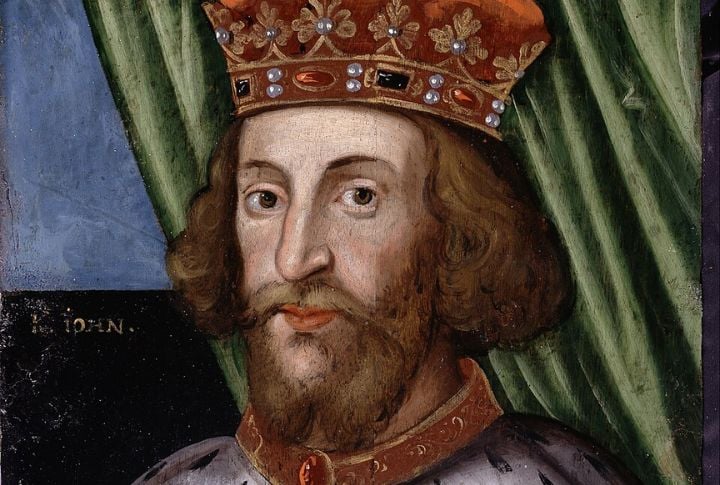
In the Robin Hood stories, King John is the cowardly villain Robin Hood fights. However, real history shows that he inherited a shaky kingdom and faced constant rebellions. Despite his many mistakes, he also affixed his royal seal to the Magna Carta, a turnaround moment in English law. King John wasn’t evil; he was just overwhelmed.
Napoleon Bonaparte
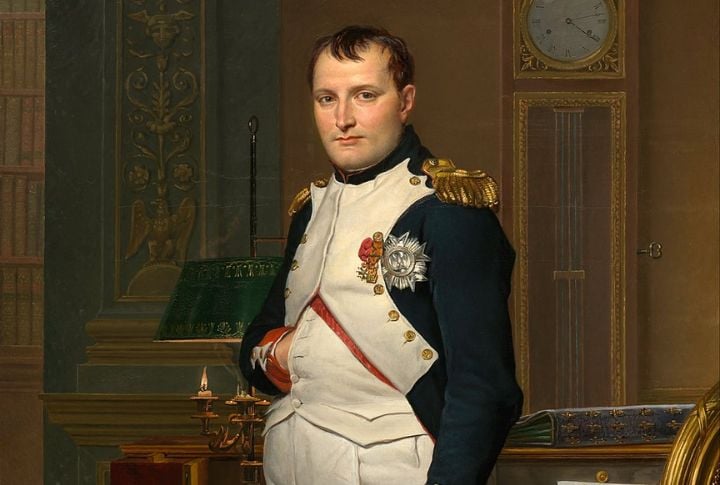
People often refer to Napoleon as a power-hungry dictator whose wars resulted in significant destruction. Yet, he ended unfair systems like feudalism and introduced the Napoleonic Code, which shaped modern law. Likewise, Napoleon believed in fairness and promoted individuals based on their talent. His vision was of a stronger, more modern Europe.
Ivan IV Of Russia Vasilyevich
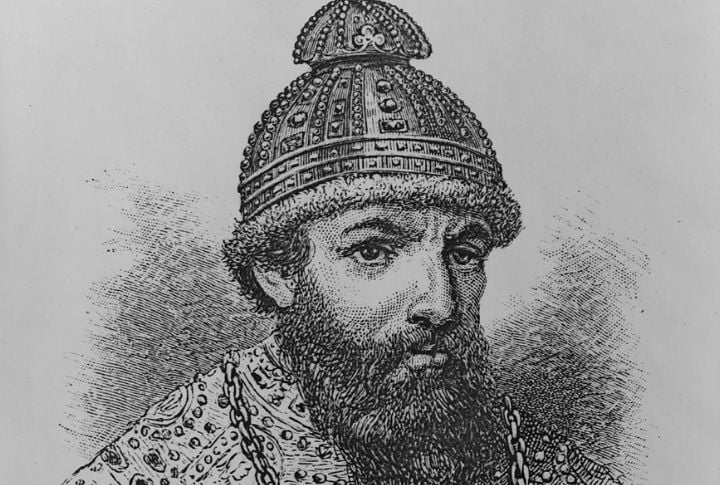
“Ivan the Terrible” sounds scary, but “terrible” meant “formidable” and “awe-inspiring” in Old Russian. Now, that translation changes everything, considering he improved laws and expanded Russia into a major power. Unfortunately, the Grand Prince of Moscow faced personal tragedies, including being orphaned at age eight, which probably made him complicated.
Genghis Khan

Genghis Khan gets blamed for mass destruction, but he’s more than the stereotypical bloodthirsty conqueror. He united Mongol tribes, built safe trade routes like The Silk Road, created an efficient legal system called the Yassa, and brought racial and religious tolerance. Many scary stories about him came from conquered enemies.
Richard III Of England

Thanks to Shakespeare, we remember Richard III as one of England’s most villainous monarchs. However, modern historians argue that this is Tudor propaganda mainly spread by subsequent rulers. In reality, Richard passed fair laws and wasn’t proven to have killed his nephews. His bad reputation is questionable, as he died fighting a brutal civil war.
Attila The Hun

Many historians painted Attila as a wild barbarian who terrorized Rome. But a lot of that comes from Roman writers who hated him. In reality, Attila was a shrewd ruler with a vast empire who was more strategic than violent. How many villains and “wild barbarians” make peace deals?
Cleopatra VII Of Egypt
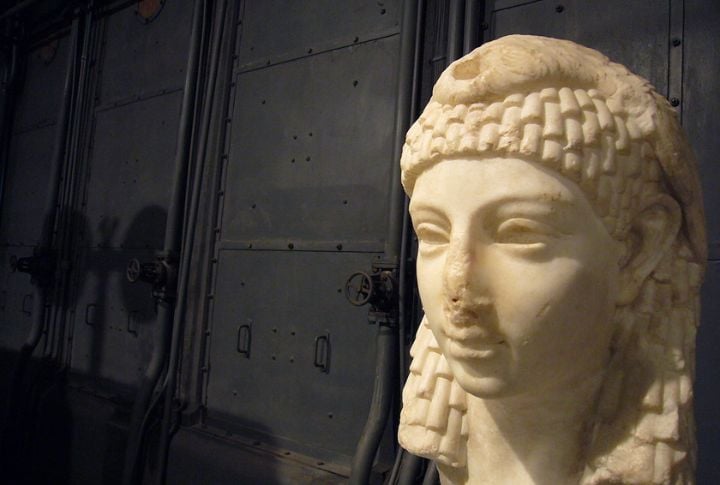
Movies and books paint Cleopatra as a flirty queen, but she was more. Besides speaking multiple languages, she studied science and politics and kept Egypt safe during tough times. Her relationships with Roman leaders were romantic and political. Cleopatra ruled with more brains than people give her credit for.
Queen Mary I
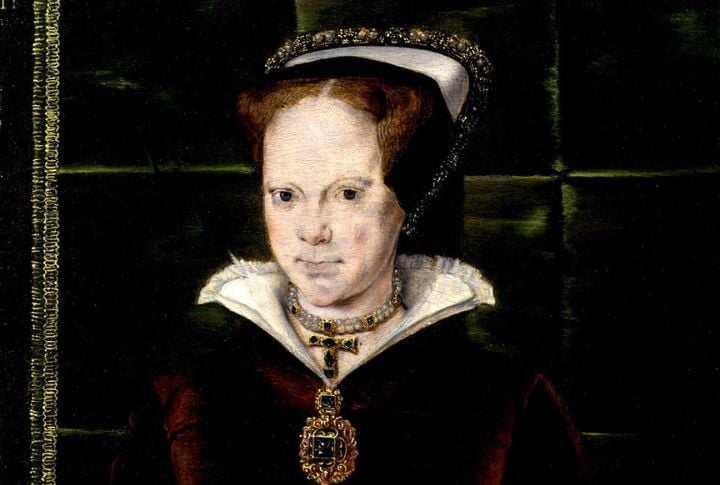
Queen Mary I’s “Bloody Mary” nickname came after she burned over 280 Protestants. That sounds awful, and it was, but it wasn’t unusual for the time. After her dad made England Protestant, she tried to turn it back, believing she was saving her country’s soul. Violent? Yes. Evil? Not so simple.
Empress Theodora
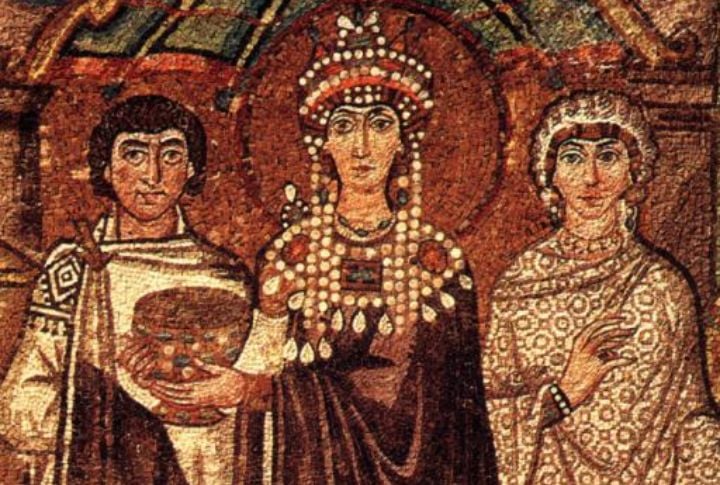
The world mostly mocked Empress Theodora as a former actress who schemed her way into power. However, she helped rule the Byzantine Empire and stood firm during crises, such as the Nika Riots, which nearly toppled the throne. She also boldly advocated for women’s rights while helping run one of history’s greatest empires.
Marie Antoinette

You’d be wrong to blame Marie Antoinette for France’s problems during the Revolution or even tag her as spoiled and clueless. But she was just 14 when she was married off to the French king, and never actually said the famous “Let them eat cake” line. She supported charities but became a scapegoat for a broken system she didn’t create.





